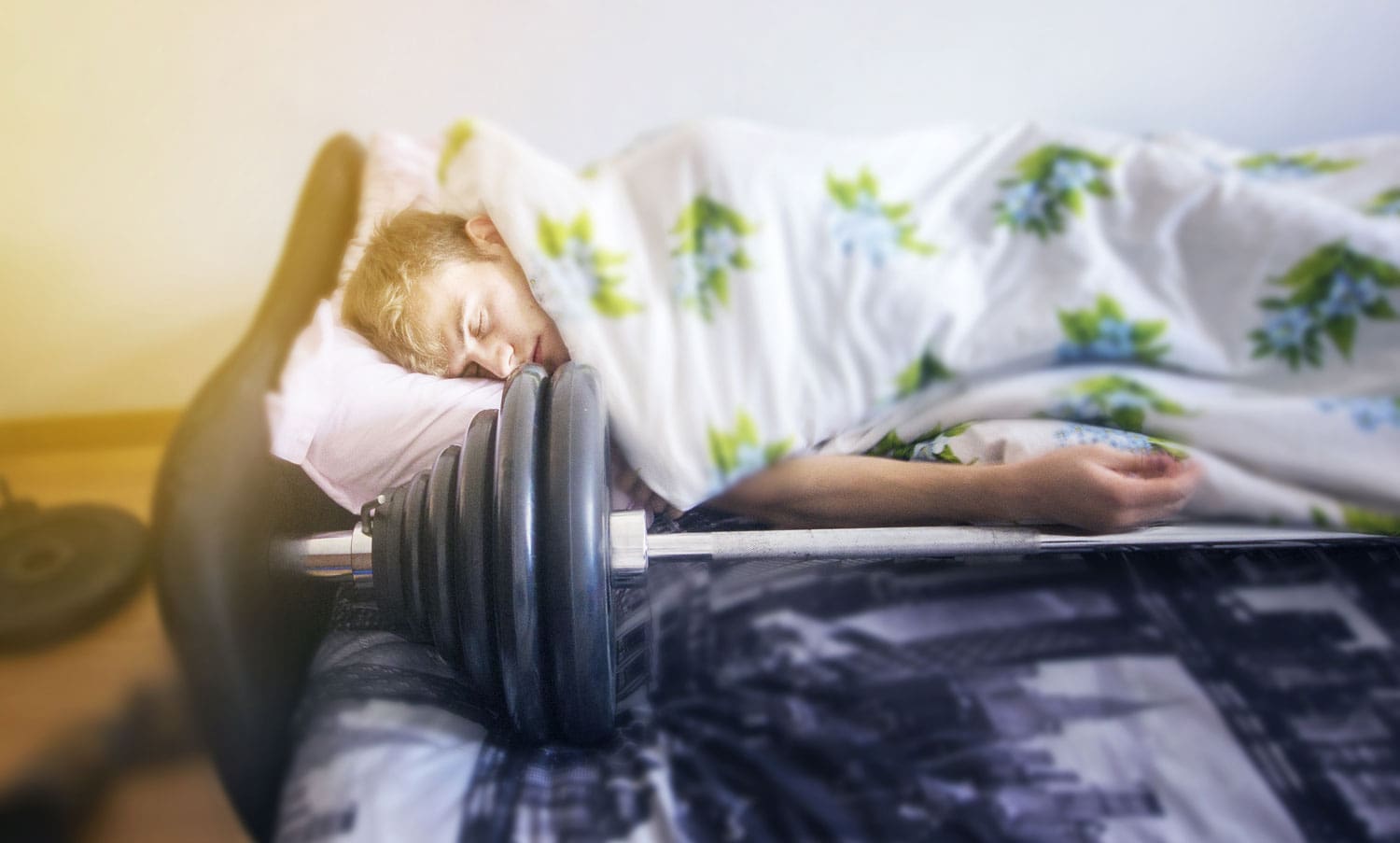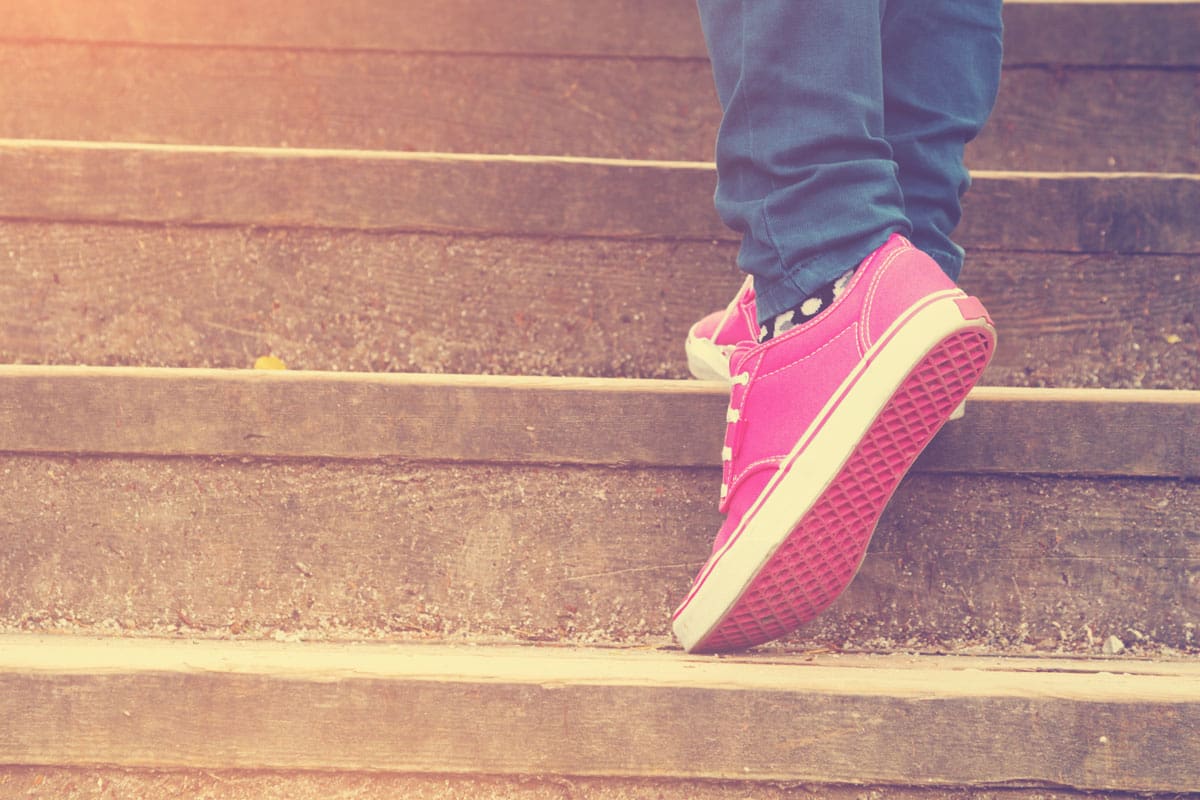When we think about athletic performance, there have been hundreds ofimprovements made to technology, sports genetics, data analytics, and virtual reality. The ultimate goal is to be the fastest, the greatest, break World Records, and become the phenomenon in your respected sport.
By Destiny Snape
The pressure is on to become the best. Studies are being conducted almost every day to determine the most appropriate way to achieve those goals. With all the possible methods to improve athletic performance, we’ll examine the role of the gluteus maximus in developing speed and power, a key component in most sports.The gluteus maximus is the largest muscle in the human body. It is located posteriorly to the hip joint and makes up 16% of the total cross-sectional area of the hip.
Because the gluteus maximus is so large, it has the ability to generate great amounts of force. It functions to extend and externally rotate the hip joint. In addition, the upper fibers of the gluteus maximus assist in abduction while the lower fibers assist in adduction. During high force movements like sprinting, the gluteus maximus is heavily involved to produce enough force to successfully complete the movement.
In movements such as walking, the gluteus maximus is not heavily engaged. However, it acts as a stabilizer to assist the pelvis. This promotes balance and ensures that your posture is upright. The gluteus maximus also works in conjunction with the gluteus medius and gluteus minimus to stabilize the hip joint. Of these three muscles, the gluteus maximus is the most superficial layer contributing to its large size and vital importance for force production. Without adequate activation or in some cases paralysis, the gluteus maximus would struggle to generate enough force for movements that require high levels of force. However, it is possible that other muscles could work to extend the hip, causing synergetic dominance. But this scenario is not ideal. It is not how the body optimally functions and may increase the risk of lower limb injuries.
The gluteus maximus is known as a phasic muscle. A phasic muscle is primarily composed of fast twitch muscle fibers, making them perfect for movement. However, they are easily fatigued and prone to inhibition. This can occur as a result of a number of causes such as a tight iliopsoas, a lengthened gluteus maximus, or sedentary lifestyle. For example, a sedentary lifestyle in which an individual is sitting all day causes the body to adapt that specific pattern while utilizing primary muscles. In this case it would lead to decreased activation of the gluteus maximus, which may lead to weakness and atrophy. It’s important to pay close attention the root cause of gluteus maximus inhibition.
This prevents the muscle from being able to properly engage during specific movements and postural control. The gluteus maximus may be properly activated by doing exercises that activate the gluteus maximus at least 40-60%. Individual needs will determine the appropriate exercises and regimen. Some examples of exercises that engage the gluteus maximus at 40-60% are lateral step ups, wall squat, and single leg deadlift.
Exercises that have a very high-level activation (>60%) are forward step ups. Engaging the gluteus maximus at these activation levels have been found to develop adaptation in muscle hypertrophy and strength. Very high loads are not necessarily needed to facilitate strength adaptations.
Lower loads performed close to failure also results in high levels of activation of Type-2 muscle fibers contributing to increased muscle hypertrophy and strength gains. Both of which are vital components of developing high levels of force during athletic movements. Learning to engage the gluteus maximus is vital as it is an important element of athletic performance, injury prevention, and reducing the occurrence of chronic pain.
Once you understand how to properly engage the gluteus maximus and are taking the right measures to ensure proper training strategies, athletes can elevate their athletic performance and increase their resistance to injury. Movements will become more powerful, and the level of stability and accuracy will improve throughout dynamic movements. Movements such as jumping, sprinting, landing, climbing, throwing, swinging, bending, and lunging are all athletic movements that will be heavily utilized in almost every sport. The gluteus maximus contributes to total athleticism and establishing a well-functioning kinetic chain. It can be looked at as one of the most important muscles due to its size and its ability to generate large amounts of forces. In addition, placing emphasis on neuromuscular components enhance the quality of the movement, creating healthy movement patterns and efficiency. According to a 2019 study, this ultimately contributes to isolating sport-specific movements adding additional “stability of the lower limbs, power, rate force development, and muscle pre-activation”. In addition, sprint training is an excellent way to produce a stimulus effective enough to train the gluteus maximus at varying speeds and gait. Optimal glute activation however must be functioning at high levels, or the risk of hamstring injury can occur due to over-compensation.
This also emphasizes the importance of the gluteus maximus in athletic movements.
The development of speed, power, and strength are all interconnected in relation to sports performance. It is beneficial to improve those elements through training methods such as strength and hypertrophy training. It can be the difference between the winning touchdown, milliseconds in a 100m race, or a perfect golf swing. The gluteus maximus plays a crucial role in developing those elements. Recognizing the potential benefits of incorporating training for the gluteus maximus can be the difference. It also can be the difference between an injury free season or not.
However, it is important to bullet-proof your gluteus maximus by assessing your current activation and strength first. After assessing, you then can better understand your specific needs to developing an effective plan for developing bigger, stronger glutes.
References
Buckthrope, M., Stride, M., & Della Villa, F. (2019). Assessing and Treating Gluteus Maximus Weakness, 655-669.
Contreras, B. (2013, June 14). The Glute Guy. Retrieved from https://bretcontreras.com/sprinting-and-glutes/
Garvey, J. (n.d.). Physiopedia. Retrieved from https://www.physio-pedia.com/Gluteus_Maximus
Travers, C. (2020, March 25). Very Well Health. Retrieved from https://www.verywellhealth.com/gluteus-maximus-anatomy-4690997






































